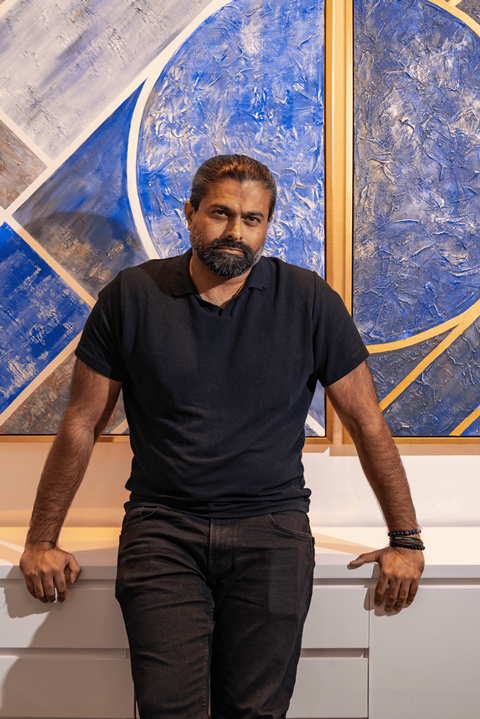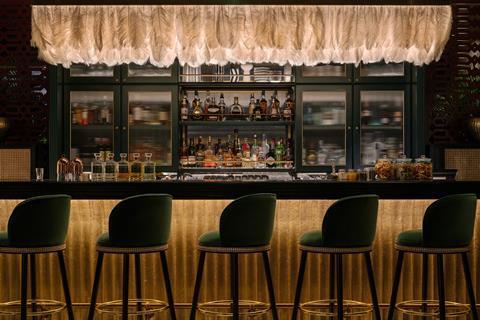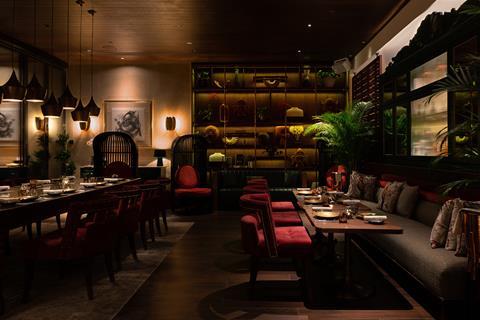Vinod Pillai discusses the ways in which lighting impacts project design and the importance of lighting designers and interior designers working collaboratively

One of the most important factors for a successful design collaboration between lighting designers and interior designers is an innate synergy and trust.
It is key that interior designers have an appreciation for lighting design, understand the process, and acknowledge that lighting goes hand in hand with the vision that the interior design is creating.
The process of any design project will first begin with interior designers, who appoint lighting designers at the schematics stage to request their input on visuals and concepts for lighting.
A benefit of collaboration at this early stage is that lighting designers can ensure the right light is produced on visuals to be shown to the client, which presents a coordinated and detailed design.
Clients are increasingly starting to understand the importance of lighting and the role it plays in scene setting and creating the right atmosphere.
If the lighting is not correct, it can make a perfect interior design redundant by causing guests to feel uncomfortable.
Creating a memorable experience depends on the five senses coming together seamlessly. For example, the music and lighting in a restaurant must gel seamlessly with the décor and the food. The right balance between colours, architecture, furniture and finishings sets the tone.
A space always has a story to tell and lighting brings this out by highlighting who the main and supporting characters are.

The way that objects and areas are lit draws attention to the foreground or the background to guide people’s senses and emotions in a space.
We were the lighting designers of restaurant Indego by Vineet, winner of the restaurant project of the year at the Light Middle East Awards in January 2023.
Having worked together previously, we collaborated closely with architects and interior designers LW Design Group from the beginning to ensure the project met the client’s brief.
As the restaurant has a strong following and identity, Chef Vineet chose elements that were synonymous with the brand, including the deep red colour, the use of screens, sculptures at the entrance and incorporated chequered flooring to create an authentic Indian brasserie feel.
The lighting highlights these different elements, creates layers, and the shifting gradient wows diners as they enter and keeps them comfortable as they travel through the space.

A private and intimate ambience is created through plant lighting and table lamps.
One of the challenges of this refurbishment project was elements that were brought in at the end which didn’t marry up completely with the initial lighting design scheme.
The open plan kitchen design created a challenge for balancing the functional white light for the chefs with the warm ambient light in the dining area. The mirrored ceiling was installed to expand on the space and create a double height effect. This solution enabled us to light the mirrored ceiling, ensuring that the effect can be seen while keeping the light sources hidden.
Lighting design has proven to be an integral part of both interior design and a crucial consideration for design as a whole. Lighting designers and interior designers must work collaboratively to create a cohesive design which marries up elements of both practices and achieves the end goal for clients.
Postscript
Vinod Pillai is the design director at Studio Lumen. Having started his career as an architect working predominantly on hospitality projects, lighting design has since taken a focal point in his work.
















No comments yet